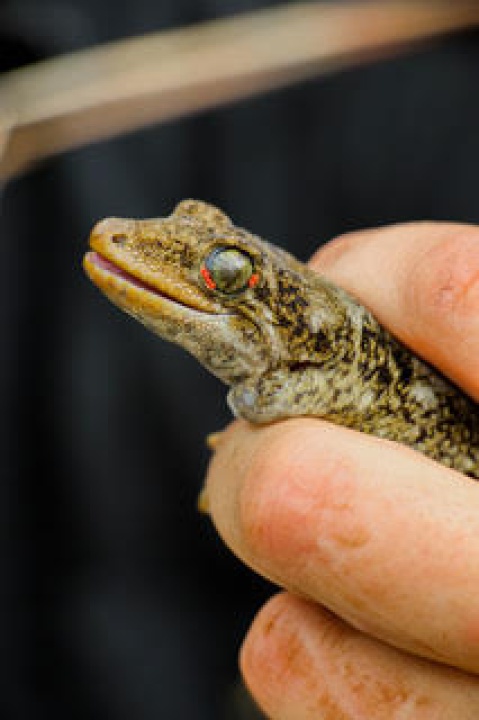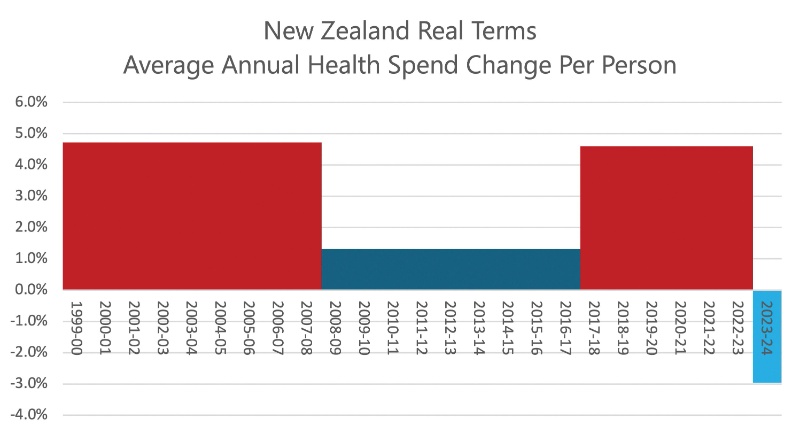Gecko numbers in the Bay of Islands appear to grow
Conservationists celebrate as rare gecko numbers in the Bay of Islands appear to grow

A scheme to re-introduce New Zealand’s biggest lizard species into the Bay of Islands is showing early signs of success.
Two years ago
last Thursday (5th February 2018), 50 Duvaucel’s geckos
were released by volunteers, onto an un-identified island in
the Ipipiri chain.
Continuous monitoring since then has
shown population numbers appear to be growing, with
encouraging signs in both reproduction and dispersal.
'It’s the first time in over a hundred years that Duvaucel's have been seen here, and we are really excited by this apparent progress’ says Project Island Song Lead, Richard Robbins.
A total of six species have now been re-introduced, with Duvaucel’s being the first reptile.
Successful re-introductions require habitats to remain pest-free, a status Project Island Song has maintained for over a decade.
'It is critical that our islands continue to be free from pests like rats, plague skinks and stoats. This would not be possible without Ngati Kuta and Patukaha (Hapu of Te Rawhiti), the Department of Conservation, our supporters and volunteers’ says Mr Robbins.
Prior to the introduction of predators,
Duvaucel’s were found in large numbers across the North
Island. Today they can be found at only a few protected
sites.
‘We have set up a network of monitoring
stations across the release island. They help us detect
released adults, and their offspring, as the population
grows. Recording information such as body length and weight
is vital both for our own monitoring, and for use by other
academic institutions.’
• The species H.
duvaucelii was named after Alfred Duvaucel, a French
naturalist.
• Predation by introduced mammals led to a
huge fall in numbers.
• Females do not lay eggs but
give birth to live young.
• Hoplodactylus
duvaucelii may attain a total length (including tail) of
up to 30 cm (12 in), with a snout-to-vent length (SVL) up to
16 cm (6.3 in), weighing up to 120 grams (4.2 ounces).
• It is the largest living gecko in New Zealand.
• Duvaucel's gecko is a heavy-bodied lizard with a
large head, with long toes and expanded pads. Its
colouration is mainly grey/green.
• H.
duvaucelii is nocturnal.
• 34 of the 50 geckos
released were thought to be pregnant.
• Anyone who
sees pests on the islands should contact 0800 DOC HOT or pest@projectislandsong.co.nz.


 Gordon Campbell: On The Americanising Of NZ’s Public Health System
Gordon Campbell: On The Americanising Of NZ’s Public Health System Te Pāti Māori: Te Pāti Māori Call For Mandatory Police Body Cameras
Te Pāti Māori: Te Pāti Māori Call For Mandatory Police Body Cameras NZ First Party: NZ First Introduces the “Conscience Acts Referendums Bill”
NZ First Party: NZ First Introduces the “Conscience Acts Referendums Bill” NZ Government: Unlocking Data To Increase Competition And Choice
NZ Government: Unlocking Data To Increase Competition And Choice Lawyers for Climate Action: National MP’s Bill Raises Environmental And Constitutional Concerns
Lawyers for Climate Action: National MP’s Bill Raises Environmental And Constitutional Concerns LGNZ: Strong Community Voice Vital For RMA Reforms
LGNZ: Strong Community Voice Vital For RMA Reforms NZ Police: Gang Conflict Warrant Issued Following Tairāwhiti Gang Tensions
NZ Police: Gang Conflict Warrant Issued Following Tairāwhiti Gang Tensions


